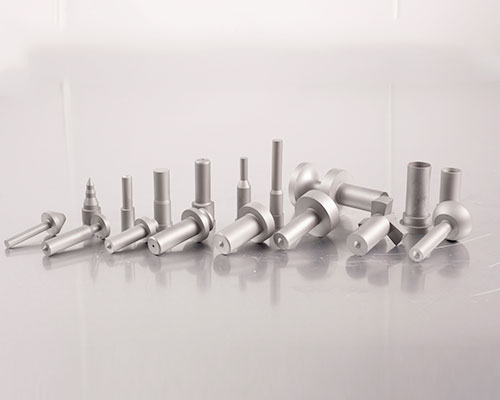Tungsten steel definition
Tungsten steel (hard alloy) has high hardness, wear resistance, strength and toughness, good heat resistance, corrosion resistance and a series of excellent properties, especially its high hardness and wear resistance, even at 500℃ temperature is basically unchanged, at 1000℃ still has a high hardness.
Tungsten steel, also known as hard alloy, is a sintered composite material consisting of at least one metal carbide. Tungsten carbide, cobalt carbide, niobium carbide, titanium carbide, tantalum carbide are common components of tungsten steel. Carbide components (or phases) typically have grain sizes ranging from 0.2 to 10 microns, and carbide grains are held together using metal binders. Binder usually refers to the metal cobalt (Co), but for some special purposes, nickel (Ni), iron (Fe), or other metals and alloys may also be used. For an undetermined combination of carbide and bond components is called "brand".

Tungsten steel is classified according to ISO standards. This classification is based on the material type of the workpiece (e.g. P,M,K,N,S,H brands). The bonding component is mainly used for its strength and corrosion resistance.
The matrix of tungsten steel is composed of two parts: one is the hardening phase; The other part is bonded metal. Bonded metal is generally iron group metal, commonly used is cobalt, nickel. Hence the tungsten-cobalt, tungsten-nickel, and tungsten-titano-cobalt alloys.
For steels containing tungsten, such as high speed steel and some hot work die steels, the presence of tungsten in the steel significantly improves the hardness and heat resistance of the steel, but decreases the toughness sharply.
The main application of tungsten resources is also hard metal, namely tungsten steel. Hard alloy, known as the teeth of modern industry, tungsten steel products are used to a very wide extent.